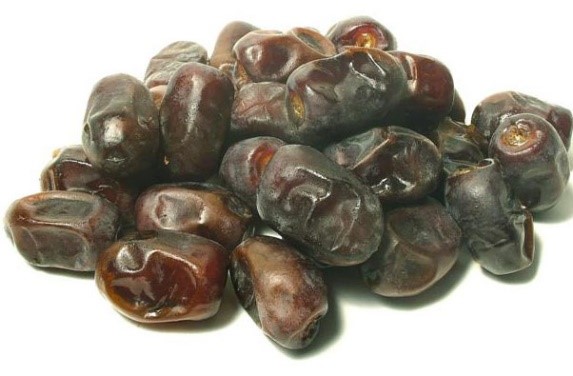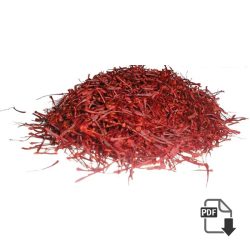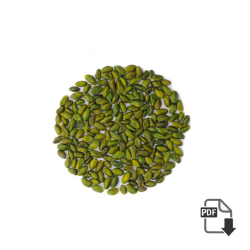Persimmon: A Sweet and Versatile Fruit for Every Occasion
Discovering the Delightful World of Persimmons: From Tree to Table
Embark on a journey through the enchanting world of persimmons, renowned for their sweet flavor, vibrant color, and versatility in culinary creations.
Exploring Persimmon Varieties: From Fuyu to Hachiya
1. Fuyu Persimmons: Crisp and Sweet
Delve into the delightful taste and texture of Fuyu persimmons, known for their crispness and sweetness that makes them perfect for eating fresh or adding to salads and desserts.
2. Hachiya Persimmons: Rich and Flavorful
Explore the luscious richness of Hachiya persimmons, with their soft, pudding-like flesh that lends itself beautifully to baking, pureeing, and creating decadent desserts like pies, puddings, and cakes.
The Harvesting and Production of Persimmons: From Orchard to Market
Gain insights into the careful process of persimmon harvesting, sorting, and packaging, ensuring that each fruit is picked at peak ripeness and delivered to markets around the world with the utmost care and quality.
Health Benefits of Persimmons: Nature’s Nutrient-Rich Treat
1. Vitamins and Minerals: Boosting Immunity and Vitality
Discover the nutritional benefits of persimmons, packed with vitamins A and C, potassium, and fiber, which support immune function, promote heart health, and aid in digestion.
2. Antioxidants and Phytonutrients: Fighting Inflammation and Aging
Explore the antioxidant properties of persimmons, which help combat inflammation, protect against cellular damage, and contribute to overall well-being and longevity.
Incorporating Persimmons into Your Culinary Creations: Tips and Recipes
Unlock the culinary versatility of persimmons with a variety of creative recipe ideas and serving suggestions. From refreshing salads and smoothies to savory dishes, desserts, and even cocktails, discover delightful ways to enjoy the unique flavor and texture of persimmons in every meal.
Embracing the Sweetness of Nature: Enjoying Persimmons Year-Round
In conclusion, savor the sweet and versatile nature of persimmons as a delicious addition to your culinary repertoire. Whether enjoyed fresh, baked, or blended into your favorite recipes, persimmons offer a bounty of flavors and health benefits that are sure to delight your taste buds and nourish your body with each delightful bite.

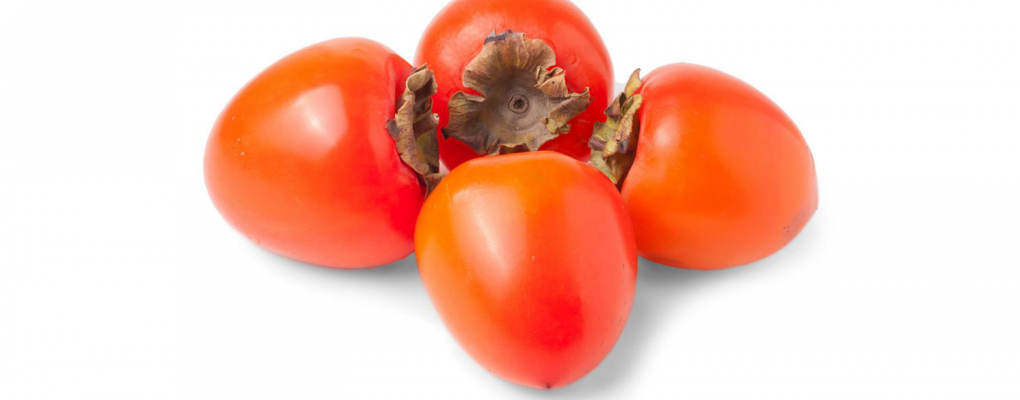

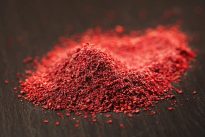
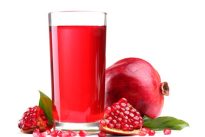
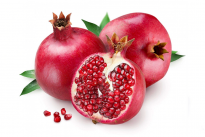
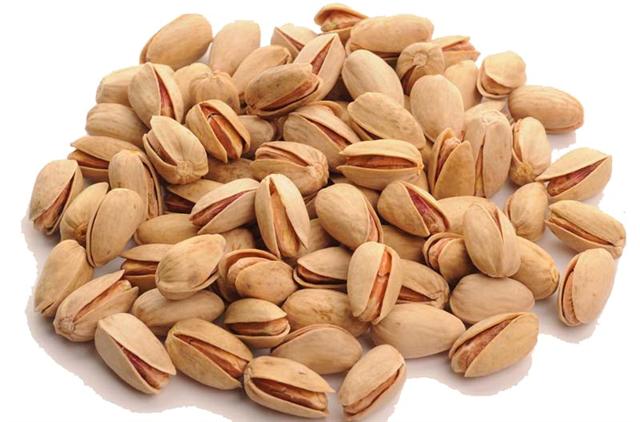
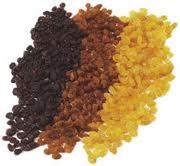 3 kind raisin
3 kind raisin 